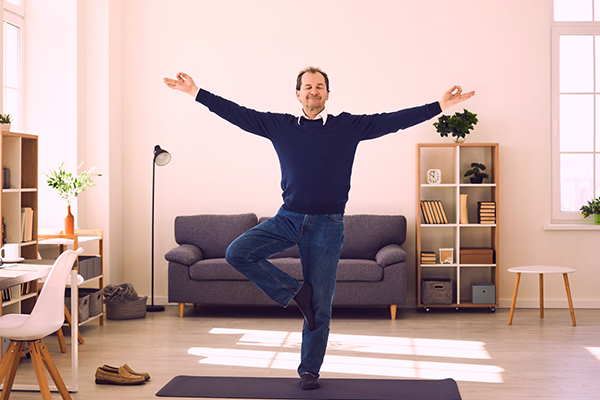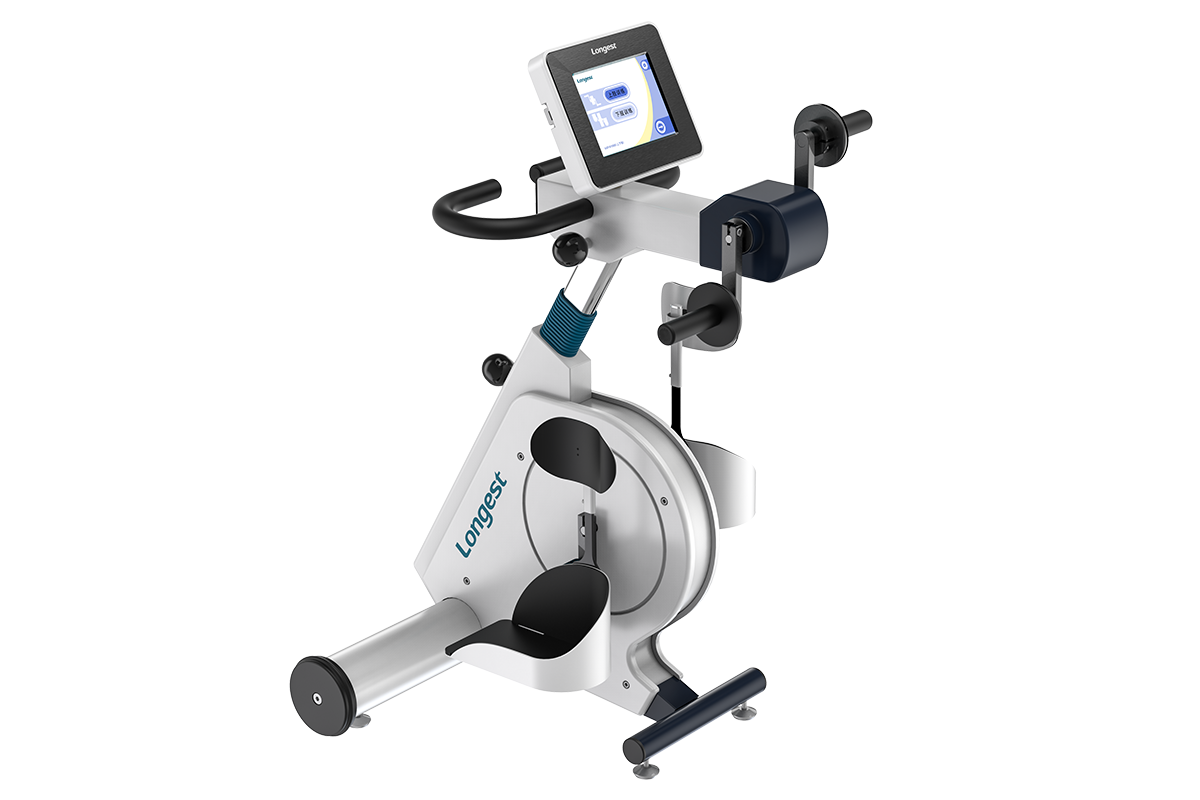Balance: How is it Linked to Your Overall Health?
Did you know that poor balance can be linked to serious health problems such as stroke and an increased risk of falls as we age? The WHO estimates that 684,000 fatal falls occur each year, making falls the second leading cause of unintentional injury death.
Now, let’s have a test: Standing on one leg with your eyes closed. How long can you stand? If you can reach 10s, you are doing well and have a good functional ability of the brain. When you stand on one leg, your brain performs remarkable coordination: the central nervous system, inner ear, muscles, eyes, bones, and joints. Problems with any one of these can affect balance. So an inability to maintain balance could indicate health problems and warrant medical attention. The one-leg standing test can be useful for assessing someone’s general physical condition.

What can cause a lack of balance?
Medical conditions can affect balance.
- Stroke, multiple sclerosis, Parkinson’s disease, and other disorders of the central nervous system
- Conditions related to the inner ear, such as Meniere’s disease
- Cataracts, macular degeneration, glaucoma, and others that distort vision
- Weakness in major muscles, particularly the thighs, abdomen, and back
- Nerve damage in the peripheral neuropathy
Lifestyle can also affect the balance.
- Taking some medications, including drugs for anxiety, pain medication, sleep pills, heart, and blood pressure medications, etc.
- Alcohol, which affects the inner ear and nervous system, slows reaction time.
Balance is an ability that we gain early and lose over time.
Many body parts associated with balance and coordination start to deteriorate as we age. For example, with age, muscle strength and endurance are notably decreased. After age 30, you begin to lose as much as 3% to 5% per decade. Less muscle means greater weakness and poorer ability to maintain balance and increased risk of falls and fractures.
What can you do to improve balance?
For the one-legged stand test, if you fall short of 10s, don’t panic. It is only the assessment of your physical ability, not the diagnosis of some health conditions. And it is never too late to work on improving the balance. There are easy ways to improve your balance.
- Walking, biking, and climbing. These activities can strengthen muscles in your lower body.
- Stretching. It can loosen tight muscles and improve flexibility
- Yoga. It can strengthen and stretch tight muscles while challenging static and dynamic balance skills.
- One-legged stand. It assesses your balance and helps train and improve balance and coordination.
The key is to STAY ACTIVE. Physical activities and exercises can help strengthen muscles and improve coordination.
RehaMoto LGT-5100D, Providing Safe & Moderate Exercise for People with No and Limited Mobility
GZ Longest rehab bike RehaMoto LGT-5100D is designed for people with no and limited mobility to gain sufficient exercise to prevent muscle atrophy, improve muscle strength in their arms and legs, increase joint range of motion, enhance balance and coordination, and promote circulation.
The exercise is safe, moderate, and more friendly to joints. There are foot, calf, and arm braces to ensure safety and increase support to weak joints. And the pre-programmed fun games make the exercise more engaging. Click to find out more about the rehab bike.
Contact us:
Tel: 020-66353999
Email: export@longest.cn



